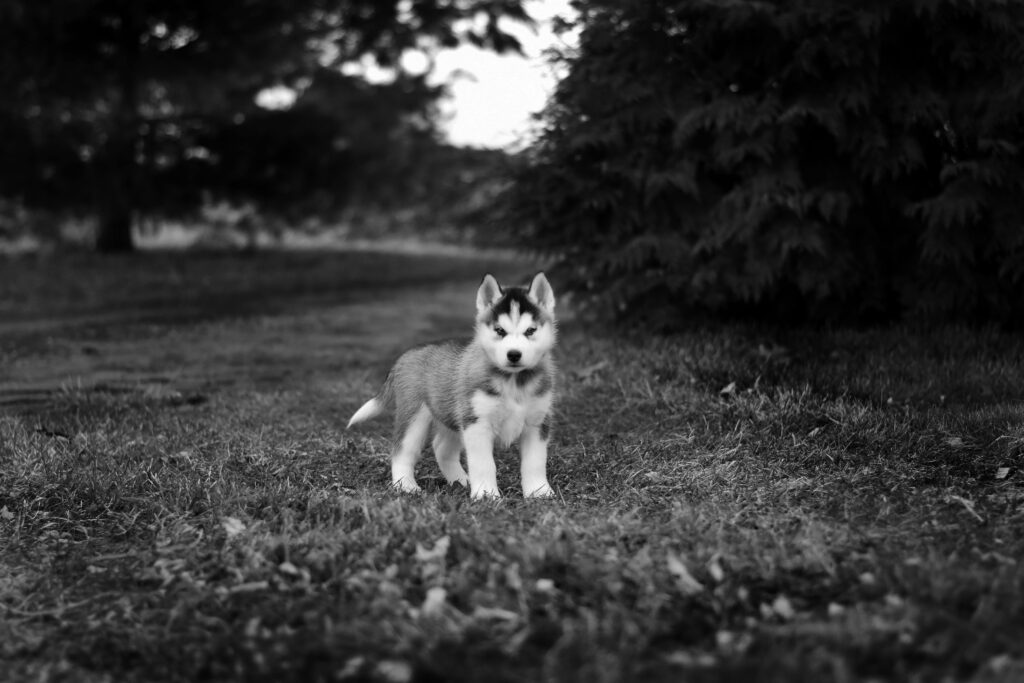How to Get It Right and What to Do When It Goes Wrong
I work with owners who are frustrated with their dog’s behaviors. Their barking at other dogs, growling at people, or chasing anything with wheels has become unmanageable and embarrassing.
They think the solution is that their dog “needs more socialization,” and they contact me hoping I’ll provide opportunities for that. What I inform them instead—something they often don’t want to hear—is:
Their dog is no longer in the socialization stage and needs strategically designed behavior modification. These are two different things.
Socialization vs. Behavior Modification
Socialization is the exposure of a young dog to various people, animals, sounds, and situations without causing fear. The goal is for the dog to feel comfortable and learn that the world is a good place.
You’re helping a puppy build positive associations with things they’re indifferent toward. The puppy owner’s question becomes:
“How do I make sure my puppy grows into a social adult I can take anywhere?”
Behavior modification, on the other hand, is about changing a dog’s negative emotional responses. The question for owners of dogs 6 months and older is:
“How do I stop my dog from reacting badly or dangerously?”
Behavior modification is needed when a dog already finds a situation aversive. Reactions like barking, lunging, cowering, or biting show the dog is overwhelmed—not under-socialized.
Proper Socialization
The critical socialization window is 8–16 weeks old. After that, puppies naturally become more cautious of unfamiliar experiences. Delaying socialization until all vaccinations are complete can actually do more harm than good.
According to the American Veterinary Society of Animal Behavior (AVSAB):
“The primary and most important time for puppy socialization is the first three months of life… puppies should be exposed to as many new people, animals, stimuli, and environments as can be achieved safely and without causing overstimulation manifested as excessive fear, withdrawal or avoidance behavior.”
Safety Tips for Early Socialization:
- Potty at home before outings
- Visit quiet, low-traffic areas
- Carry the puppy instead of letting them walk through risky areas
- Use a blanket as a barrier between the ground and the puppy
- Keep trips short to avoid overstimulation
- Schedule play dates with vaccinated, social dogs
Piggy Bank Analogy
Every experience your puppy has is like depositing or withdrawing a coin in their emotional piggy bank.
- Positive experience = deposit
- Negative/fearful experience = withdrawal
You want as many deposits as possible early on. Just exposing a puppy to something isn’t enough—you must pair it with positive reinforcement, like praise or high-value treats.
Steps:
- Ensure the dog is at a safe distance (not showing fear)
- Present stimulus (person, sound, object, etc.)
- Praise and treat
- End when the stimulus is gone
This method is especially effective for preventing sound sensitivity, a common issue.
🎥 Watch this training session on YouTube
Behavior Modification
This is for dogs over 16 weeks who already have negative feelings toward certain stimuli (people, other dogs, sounds, etc.).
Just “exposing” the dog doesn’t help—it can make things worse. It’s called flooding, and it overwhelms the dog, eroding trust and escalating anxiety.
Analogy:
Think of your dog’s fear like a person with arachnophobia being forced to sit near a spider. Even if the spider is harmless and contained, the emotional response is very real.
Basic Behavior Modification Session Example
For a dog who lunges or barks at other dogs:
- Start at a distance where your dog feels safe (no signs of stress)
- Use a calm, still decoy dog or stuffed dog facing away
- When your dog sees the decoy, praise and offer special treats
- Remove the decoy and stop the treats
Over time, the sight of the other dog will be associated with something positive.
📝 Important: Every dog is different. Modify training plans as needed. Work with a Certified Dog Behavior Consultant.
There’s No Such Thing as a Blank Slate
Proper socialization is essential. That window from 8 to 16 weeks is critical and cannot be revisited. Puppies aren’t blank slates—genetics also play a role. Some are more cautious or resilient by nature.
Final Word
If you need help with your puppy or are dealing with signs of fear or aggression, contact us. We offer in-person and remote training options to support you.
References
American Veterinary Society of Animal Behavior (2008).
AVSAB Position Statement on Puppy Socialization – Download here

